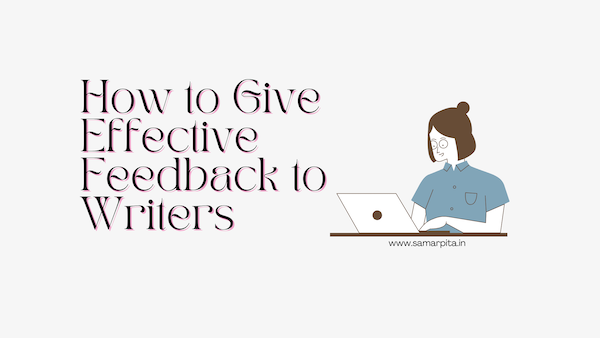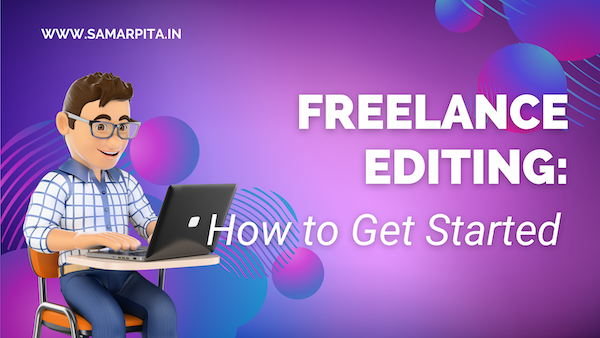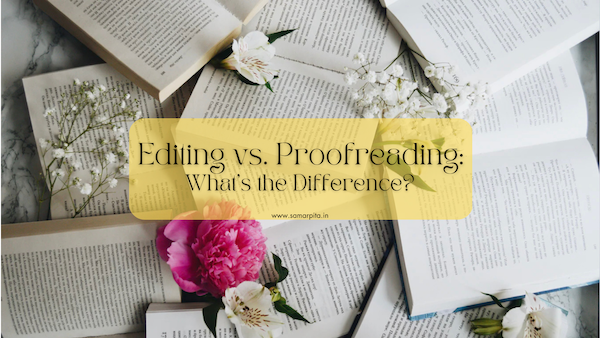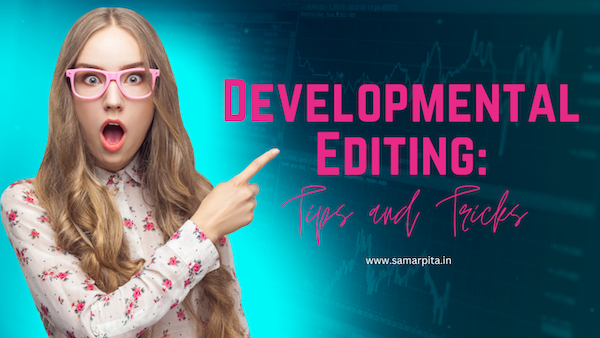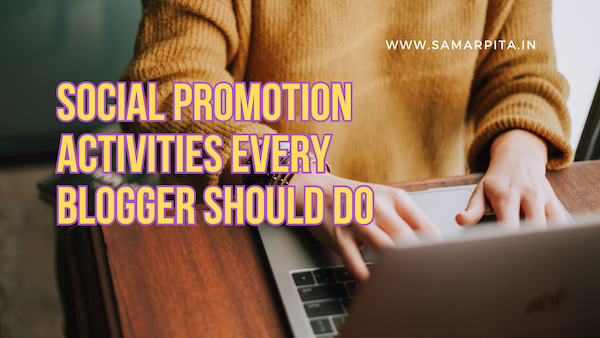Writing is an essential skill that people use in various fields, and it’s essential to give effective feedback to writers. Feedback is a powerful tool that helps writers to grow and improve their skills. However, giving feedback is not always easy, and it requires a specific set of skills to provide constructive criticism that inspires and motivates writers to do better. In this blog post, we will discuss some tips on how to give effective feedback to writers.
-
Be Specific
The first step to giving effective feedback is to be specific. Rather than making vague comments, focus on particular aspects of the writer’s work. Point out specific areas where the writer needs improvement, such as grammar, sentence structure, or the use of descriptive language. By being specific, you provide the writer with clear guidance on how to improve their work.
Also Read: The Benefits of Working with an Editor on Your Manuscript
-
Be Constructive
The goal of giving feedback is to help the writer improve their skills. Therefore, it’s important to be constructive in your feedback. Avoid using negative comments that may discourage the writer from continuing to write. Instead, focus on the positive aspects of their work and provide suggestions for how they can improve.
-
Be Honest
Honesty is essential when giving feedback. Don’t sugarcoat your comments or withhold criticism for fear of hurting the writer’s feelings. Instead, be honest about what you liked and didn’t like about their work. However, it’s important to balance your feedback with positive comments that encourage the writer to continue improving.
-
Provide Examples
Providing examples is an effective way to illustrate your feedback. If you’re pointing out an issue with the writer’s sentence structure, provide an example of how the sentence could be rephrased. This helps the writer to understand the problem and provides them with a concrete example of how to improve.
Also Read: Brand Yourself As Authors Before Your Book Launch
-
Offer Suggestions
Offering suggestions is another essential aspect of giving effective feedback. Rather than just pointing out what’s wrong with the writer’s work, provide suggestions for how they can improve. For example, if you’re pointing out an issue with the writer’s character development, suggest ways they can improve by creating a more detailed backstory or adding more depth to the character’s personality.
-
Be Timely
Timeliness is important when giving feedback. Don’t wait too long to provide feedback, as the writer may have already moved on to another project. If possible, provide feedback as soon as possible after the writer submits their work. This helps them to incorporate your feedback into their writing process and improve their skills more quickly.
-
Focus on the Writing, Not the Writer
When giving feedback, it’s important to focus on the writing rather than the writer. Avoid making personal attacks or commenting on the writer’s abilities. Instead, focus on the specific aspects of their work that need improvement.
Also Read: Who Is A Writing Coach And How Can One Help You?
In conclusion, giving effective feedback to writers requires specific skills and techniques. By being specific, constructive, honest, providing examples, offering suggestions, being timely, and focusing on the writing, you can help writers to grow and improve their skills. Remember that feedback is a powerful tool that can inspire and motivate writers to become better, and with the right approach, you can make a meaningful impact on their writing journey.
This post is a part of #BlogchatterA2Z 2023
***
If you are looking for an excellent manuscript editor, someone to create content for your business, or an expert to help build your personal or professional brand on social media, then look no further and connect with me at editor@samarpita.in I can be followed on instagram at @samarpita and on twitter at @samarpitadotin.
***********
Read my ebook WRITE. EDIT. PROMOTE. to learn the basics about becoming an author – from writing your own book, to editing your first draft, and to promoting your book yourself! You can also read my ebook How To Write A Story Effectively and learn some valuable lessons about how a story can go from average to extraordinary. This book is part 1 of the series.
In fiction, I have two short stories for children in an ebook called Bedtime Stories.

